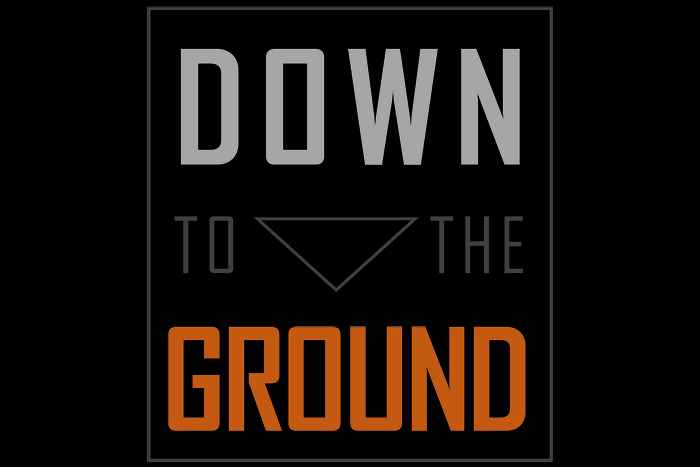Down to the Ground
A historical, visual and scientific analysis of coloured grounds in Netherlands paintings, 1550-1650
In the five-year project Down to the Ground, (sponsored by NWO – Free Competition Humanities), art historians, conservators and scientists investigate the impact of coloured grounds.
